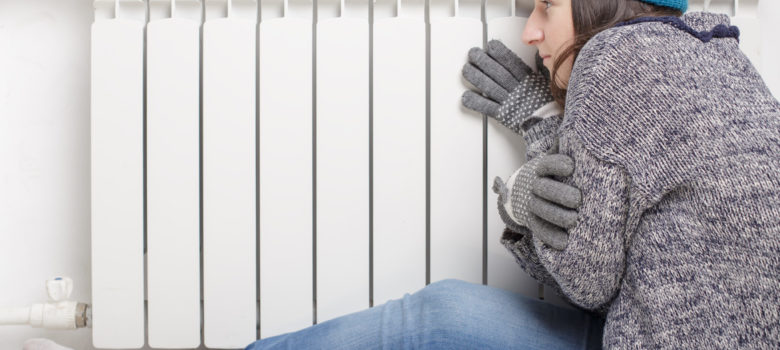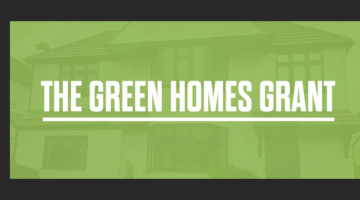
What is fuel poverty?
Fuel poverty is what we call it when a household or individual is unable to heat themselves adequately, given their income. The Warm Homes and Energy Conservation Act defines it as a member of a household living on a lower income in a home that cannot be kept warm at reasonable cost. That’s pretty vague.
It’s actually a remarkably difficult term to pin down where government policy is concerned. This is complicated further by the fact that fuel poverty is a devolved issue, meaning that the problem has different guidelines in Scotland, England, Wales and Ireland.
What causes fuel poverty?
The causes of fuel poverty are pretty straightforward, no matter what system you’re using to calculate it. There are 3 factors that go in to whether or not you’re in fuel poverty:
- How much you earn
- The cost of fuel
- The energy efficiency of your home. This is rated on a scale from 1-100 or A to G – the higher the better, but anything lower than a D is bad news. Think of it like your A-Levels, only more expensive.
Am I in fuel poverty?
Although a lot of people describe fuel poverty as being when more than 10% of a households income would need to be spent to pay for gas and electricity, the actual guidelines are a little (a lot) more complicated. They are also different for each constituent country.
While the statistics below are all the most up-to date available for each country, this varies for each, so the comparison should be treated as an indication and not like-for-like. UK-wide statistics for fuel poverty are no longer produced.
England
Definition: England use the Low Income High Costs (LIHC) indicator to decide if you fit the bill. Effectively, if your income after paying for fuel ranks below the official poverty line, then you are considered by the English government to be in fuel poverty. One of the reasons that England can claim a much lower fuel poverty level than the rest of the UK is due to this definition being a lot more difficult to qualify for.
Fuel poverty rate: The 2016 statistics put English fuel poverty at just over 11%
Strategy: In 2015 the government created a new target; to ensure that as many fuel poor homes as is reasonably practicable achieve a minimum energy efficiency rating of Band C, by 2030. If you ask us, “as many as reasonably practicable” is a little bit woolly as far as targets go.
Wales
Definition: A household in Wales is in fuel poverty if they spend 10% or more of their income on energy costs. Bear in mind that ‘income’ in this context is inclusive of all benefits and income support. It also has different heating assumptions than its most similar counterpart in Scotland.
Fuel poverty rate: An estimated 291,000 households, equivalent to 23% of Welsh homes
Strategy: Using a scheme called Nest (no, not the smart home people, a different Nest), the Welsh government set forth a plan in 2010 to “as far as is practical” eliminate fuel poverty in vulnerable households by 2010, in social housing by 2012, and in all households by the end of 2018. Currently Nest is being overseen by British Gas.
Scotland
Definition: At the time of writing, the Scottish system is pretty similar to the Welsh one, basing fuel poverty on the same 10% indicator. One big difference though is that a different temperature regime is used for some households.
However, a bill is sitting in the Scottish Parliament to update both their definition and strategy of fuel poverty. This would make the definition a lot more akin to the English system. The full definition proposed can be found here but due warning, it’s about 2 and a half pages long.
Fuel poverty rate: 2014 figures estimate that fuel poverty affects 35% of Scotland
Strategy: The Scottish strategy dictates that no more than 5% of households should be in fuel poverty by 2040.
Northern Ireland
Definition: Northern Ireland stick to the rule that anyone required to spend more than 10% of their income in order to maintain an ‘acceptable level of temperature throughout the home’ is living in fuel poverty. However, their 2011 strategy did make the following caveat; ‘The broad definition used to measure fuel poverty in Northern Ireland does not adequately reflect the experience of householders who struggle to pay their heating bills and who have to make lifestyle choices about how much to spend on heating their homes.’
Fuel poverty rate: 22%, which has come down massively from 44% in 2009.
Strategy: The strategy set out back in 2011 includes spending more money to improve the energy efficiency of the housing stock, launching a pilot boiler replacement scheme targeting those in greatest need, and a push forward on energy brokering.
What help is there for people in fuel poverty?
I thought you’d never ask! There’s actually a decent amount of help out there.
England:
Scotland:
Wales:
Northern Ireland:
What help is there if I’m struggling to pay my bills?
Even if you do not come under the remit of ‘fuel poverty’, doesn’t mean you can’t get help.
Get in touch using the below contact form and we’ll help you figure out the best way for you to save money on your bills.
Think we missed something? Do you have a different opinion?
Comment below to get your voice heard…












It’s an absolute travesty that the government can use tricks like this to produce totally misleading figures that suit their agenda. Fuel poverty is a huge issue that no one is talking about. Changing the definition to show the results they want is not a solution!